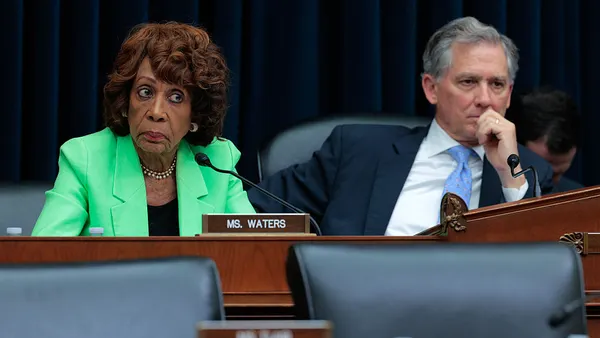Dive Brief:
- The number of people experiencing homelessness in Houston grew by 45 people this year, to 3,325, according to new Coalition for the Homeless of Houston/Harris County point-in-time data. The number of unsheltered homeless people in the city surged nearly 16%.
- The proportion of unsheltered people experiencing chronic homelessness — defined most commonly as people with disabilities who have been living on the street for more than a year — increased to 44%, compared with 29% in 2024.
- The uptick after years of declines in the city’s homeless population comes as COVID relief funding in the city ends and uncertainty surrounding federal funding for housing assistance programs rises.
Dive Insight:
Houston’s housing-first policies to address homelessness have had positive results. Since 2020, the city has seen a 16% reduction in homelessness, according to CFTH. That’s a stark contrast to the U.S. as a whole, which recorded record highs in homelessness in 2024.
Houston hasn’t been immune to the national housing affordability crisis, however. According to the 2025 State of Housing in Harris County and Houston report from Rice University, 51% of renters are considered “cost-burdened,” spending more than 30% of their income on rent, and more than 25% of renters spend more than half of their income on rent.
Houston Mayor John Whitmire has pledged to end street homelessness in the city. In February, Houston launched the Initiative to End Street Homelessness Fund, seeking a $70 million investment from public and private institutions. As of May, the fund remained $40 million short of its goal.
In a statement concerning the latest data on the city’s homeless population, Whitmire said he has “always believed there was an undercount of unhoused individuals on the street.”
“Homelessness is a national problem that we are addressing locally,” Whitmire stated. “We are making progress, and the challenges would be worse” without the Initiative to End Street Homelessness.
The uptick in unsheltered homelessness came as federal COVID relief funding began to dry up last year, according to CFTH. It attributed the rise “in part to reduced shelter capacity in 2024, underscoring a critical lesson: without sufficient capacity and permanent housing flow, street homelessness grows.”













